8. The Duelists (1977), Ridley Scott | Napoleon Bonaparte (1830), Benjamin Robert Haydon
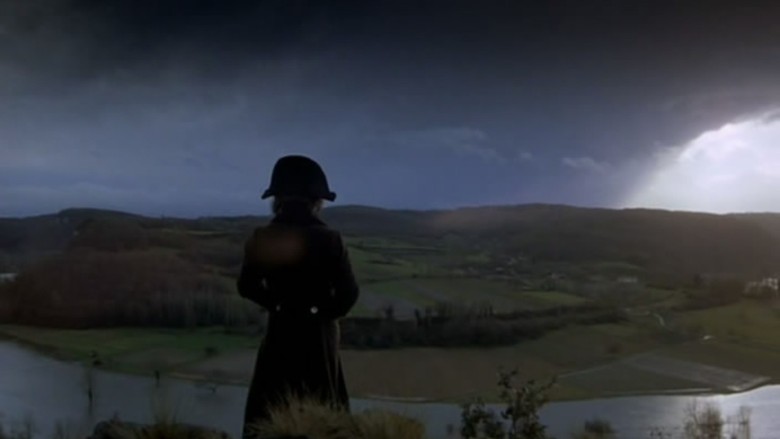
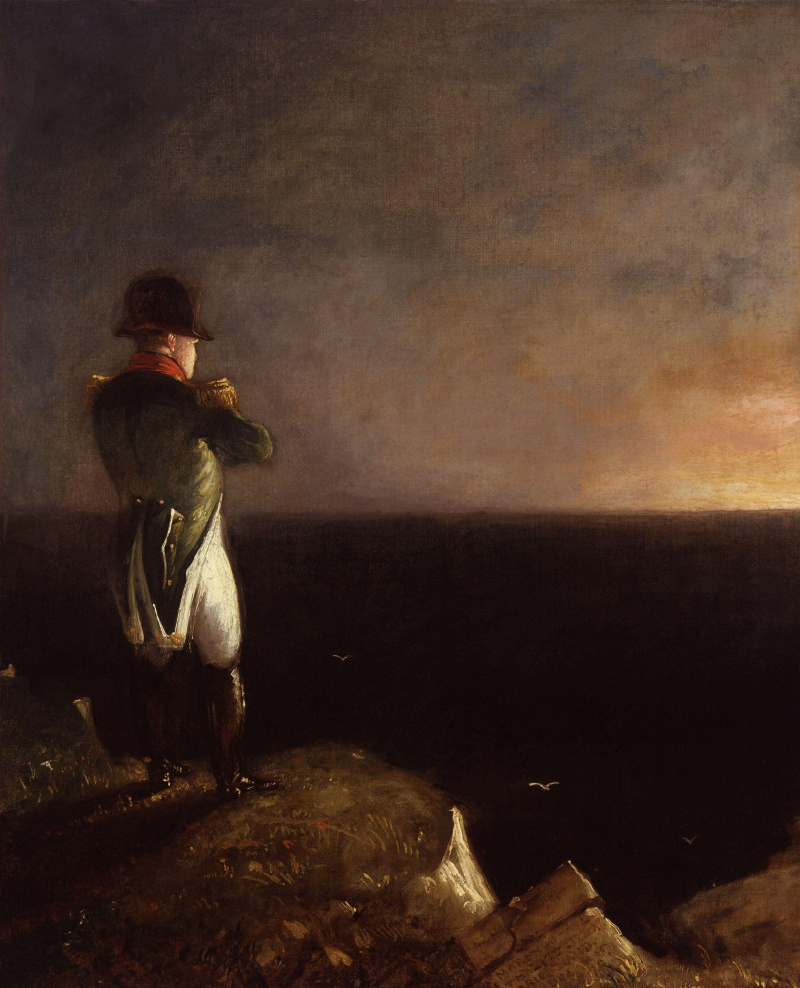
Well before he decided to ruin the Alien universe, there was a time when Ridley Scott made good films. In his feature debut, Scott pulls from Joseph Conrad’s short story The Duel to craft a historical drama that captures the light and tone of paintings created within the Romantic era.
In referencing Haydon’s atmospheric piece Napolean Bonaparte, Scott has his character Féraud (Harvey Keitel) looking out over a cliff into the horizon, with the sunrise creating a lens flare effect that would have been unknown to the early nineteenth century artist.
9. History of the World: Part 1 (1981), Mel Brooks | The Last Supper (late 15th century), Leonardo da Vinci
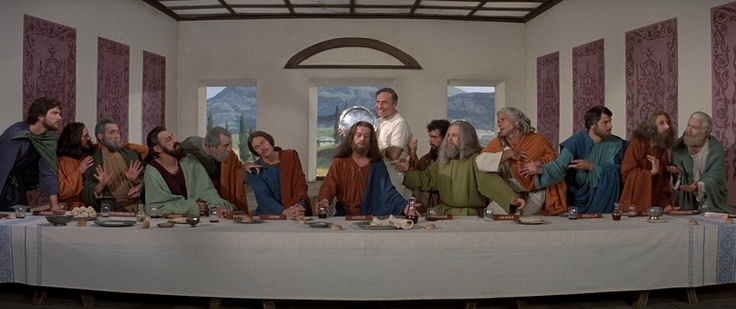
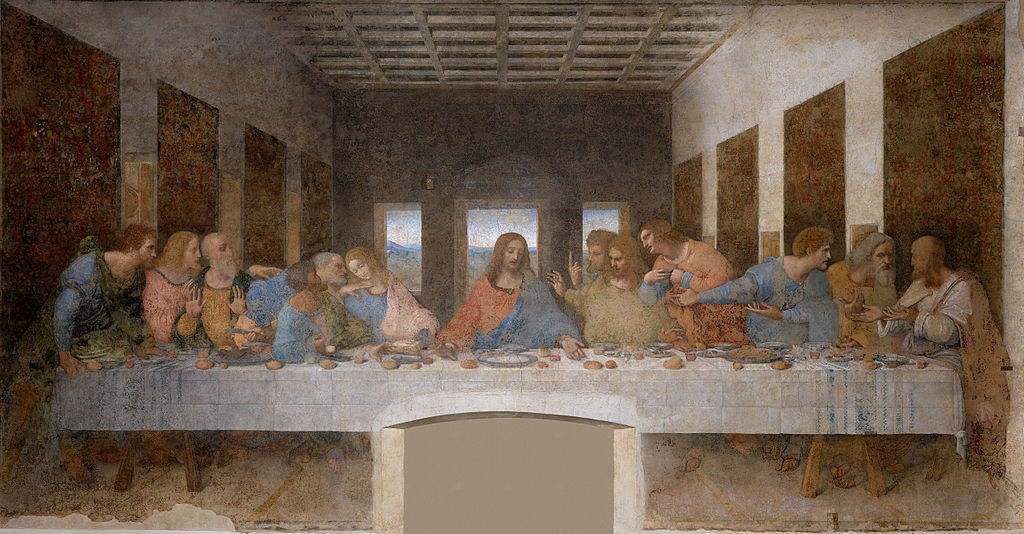
The master of comedies parodies the master of the Renaissance. Mel Brooks’ History of the World: Part 1 is a slapstick comedy that feels more like a series of historical skits rather than a complete film.
The last supper scene features Brooks himself as an impatient waiter asking if he should split the cheque, as well as a young John Hurt playing it straight as the messiah himself. Da Vinci then stumbles into the room, ordering the men to one side of the table, where they pose for a live frieze that actually does a decent job of mocking up what is perhaps the world’s most famous mural.
10. Black Moon (1975), Louis Malle | The Golden Days (1946), Balthus
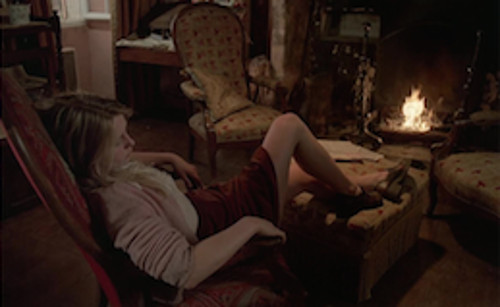
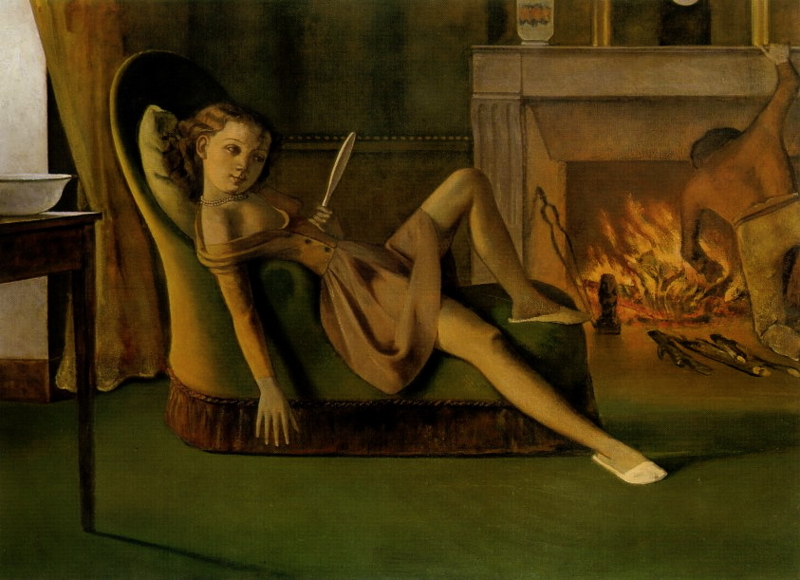
Louis Malle’s uncompromising, idiocyncratic Black Moon stands to this day as one of his most critically divisive works. Malle himself said of the film,
“Opaque, sometimes clumsy, it is the most intimate of my films. I see it as a strange voyage to the limits of the medium, or maybe my own limits.”
Hiring the masterful Sven Nykvist as his cinematographer, Malle crafts something of an surreal daydream, often blurring the line between fantasy and reality. In the above scene, main character Lily languidly reclinines on a chair, mimicking the pose of the young girl in Balthus’ painting, The Golden Days. Both images challenge the viewer with their depictions of pubescent sexuality.
11. Pan’s Labyrinth (2006), Guillermo del Toro | Saturn Devouring His Son (c. 1819-1823), Francisco Goya
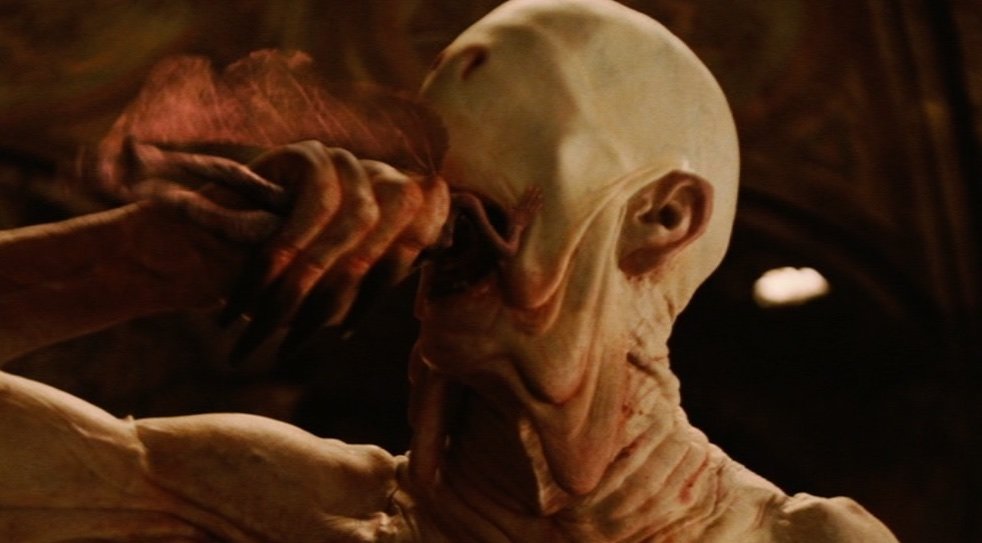
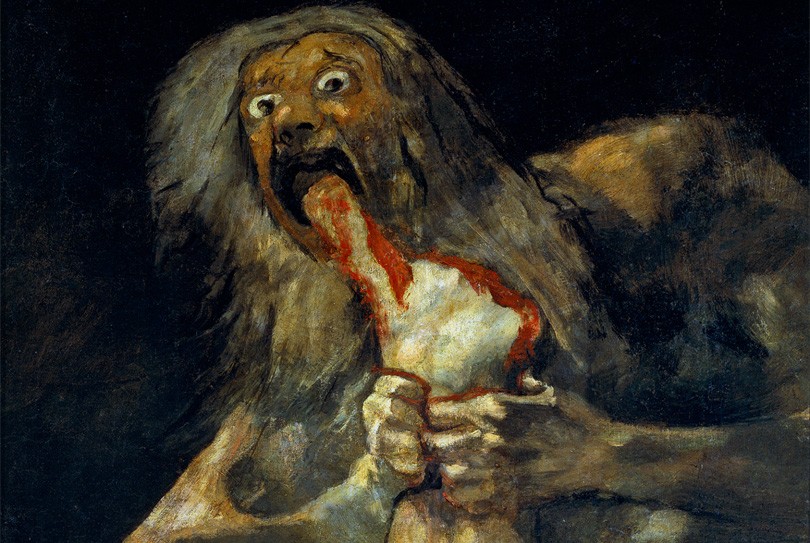
Obsessed with his own mortality, and left with a pessimistic worldview following the civil conflict within his home country, Spanish artist Goya painted a series of dark and disturbing images directly onto the walls of his two storey villa near Madrid. One of these murals, Saturn Devouring His Son, depicts the Roman god consuming his child.
The influence of Goya’s imagery on del Toro is obvious in this scene from Pan’s Labyrinth, whereby the creature referred to as the Pale Man bites off the heads of fairies flying around the room. In fact, the director admitted this himself in an interview:
“…Goya was an obvious reference, specifically with regards to the character of the Pale Man. That comes straight from Goya’s painting of Saturn devouring his son.”
12. Django Unchained (2012), Quentin Tarantino | The Blue Boy (1779), Thomas Gainsborough
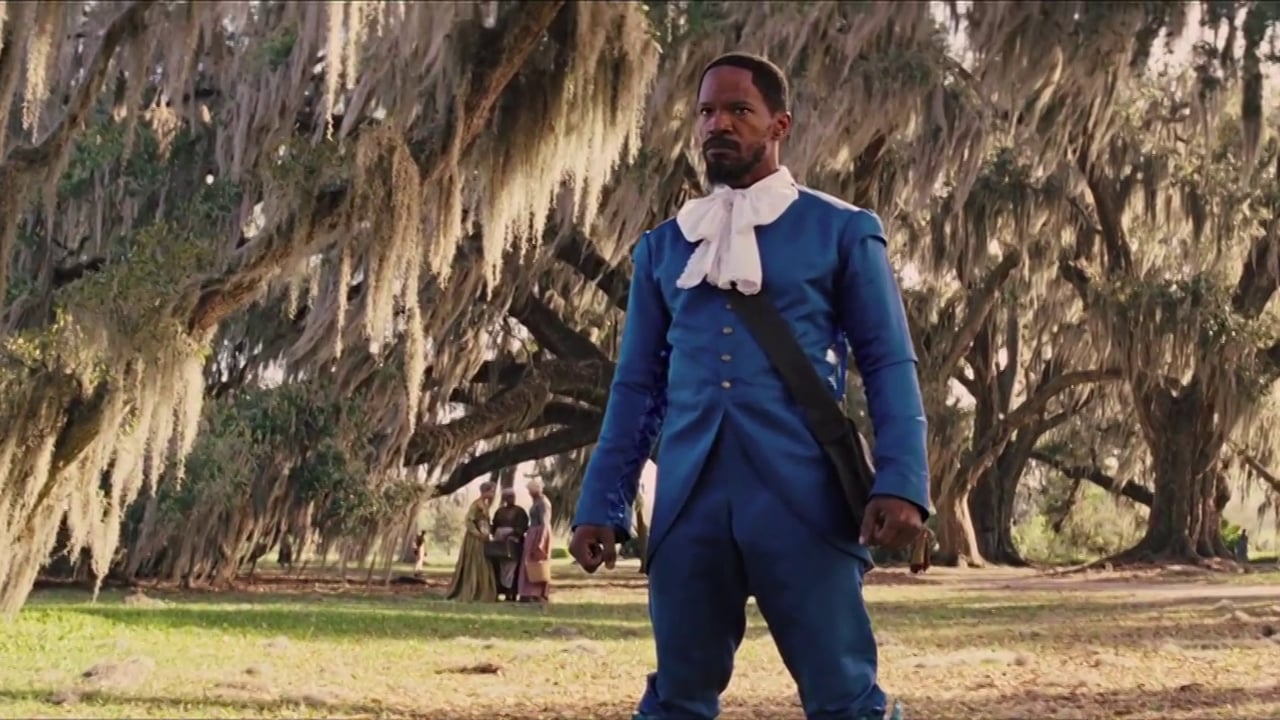
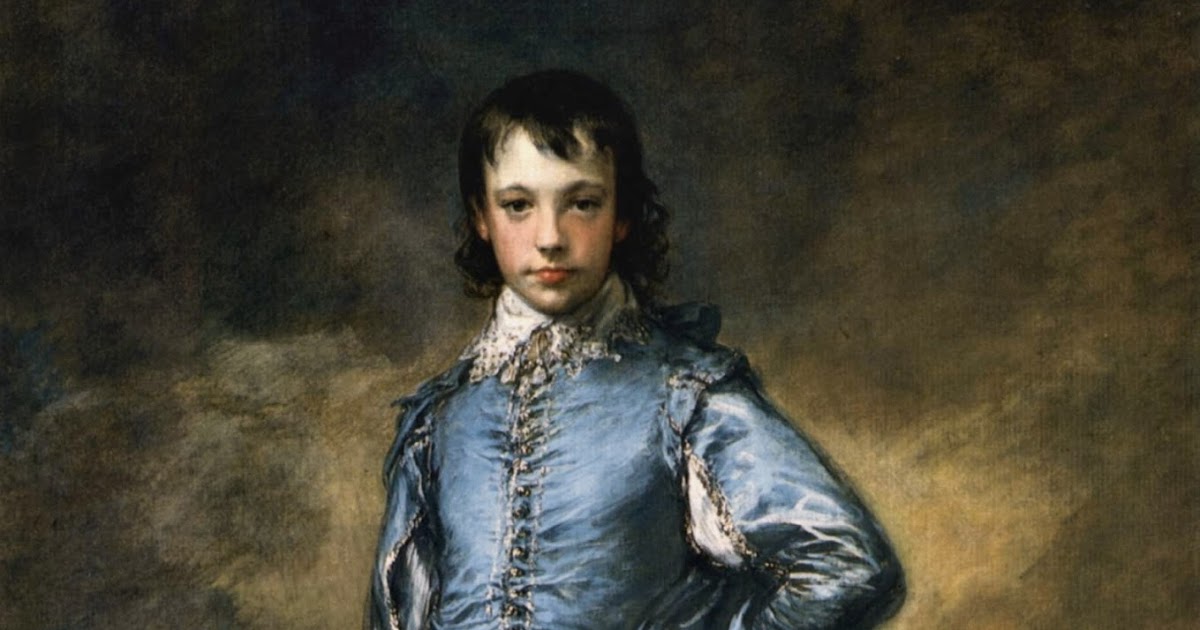
In an interview with Vanity Fair, Django Unchained costume designer Sharen Davis revealed that she had presented an image of Thomas Gainsborough’s famous painting to director Tarantino. After some time, the director admitted that the blue satin coat and breeches would be a perfect fit for his character Django’s eccentric sensibilities.
In this scene colored with a touch of humor, the liberated and financially independent hero reveals himself to be a bit of a dandy. It is interesting to note that Django’s choice of outfit would have been an anachronistic choice, as this style of dress was more typical of the 18th century aristocracy of Gainsborough’s era.
13. Moonrise Kingdom (2012), Wes Anderson | To Prince Edward Island (1965), Alex Colville
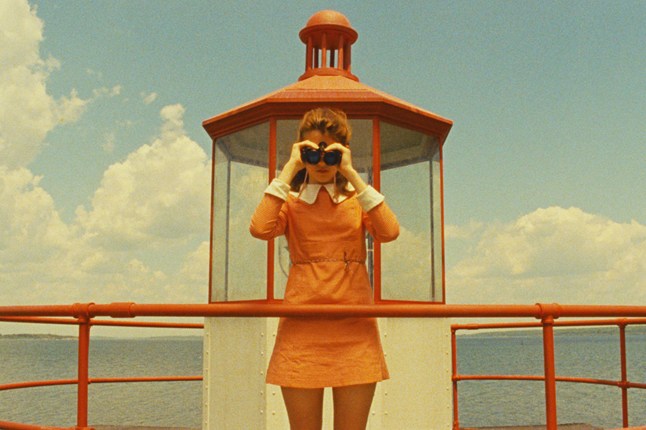
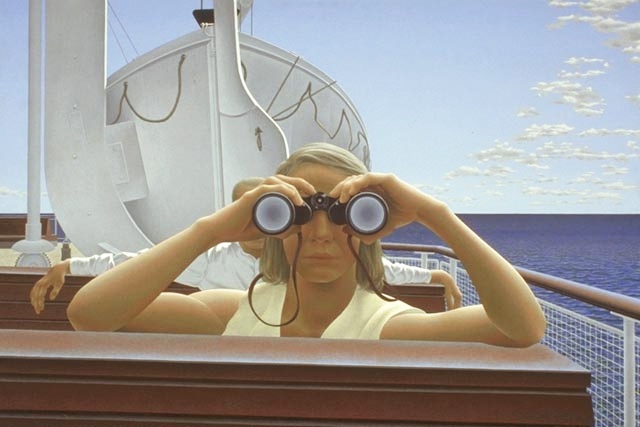
Staging a symmetrical composition typical of their aesthetic, director Wes Anderson and cinematographer Robert Yeoman have their character Suzy stand center frame at the railing of a lighthouse. Mirroring the subject in Colville’s To Prince Edward Island, the young protagonist gazes back at the viewer through a pair of binoculars.
In both painting and film, the subject’s faces are partially obscured by the visual aids. This creates a sense of mystery and may suggest that each is hiding, or preventing others from seeing something. Indeed, obfuscation and evasion tactics are central to the plot of Moonrise Kingdom.
14. The Adventures of Baron Munchausen (1988), Terry Gilliam | The Birth of Venus (c. 1486), Botticelli
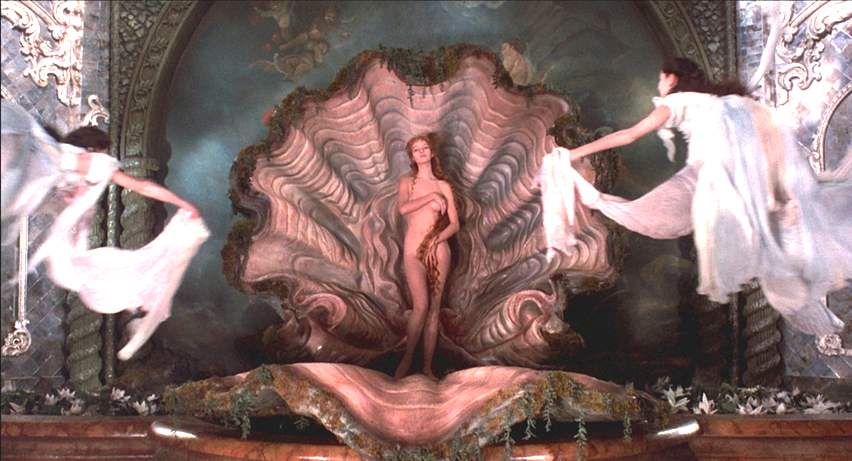
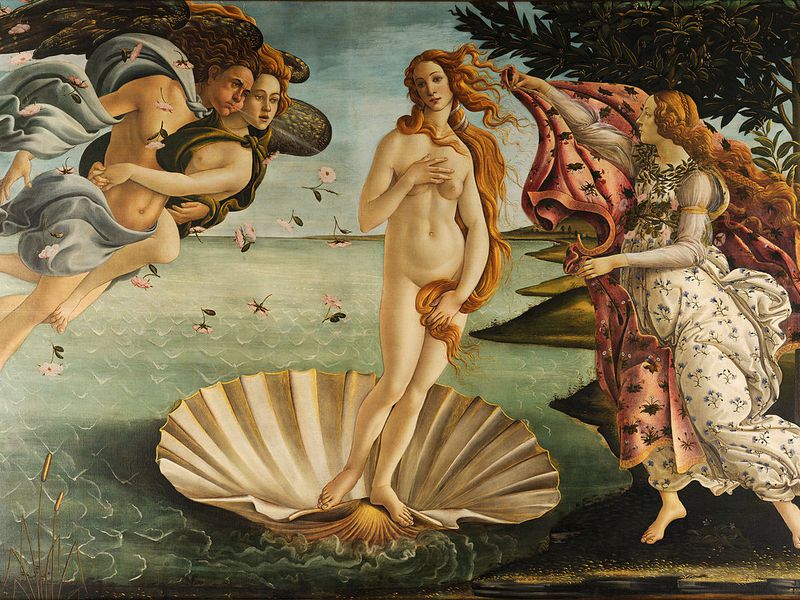
Over the course of his career,Terry Gilliam has frequently expressed his admiration of Botticelli’s famous painting,
“You open the shell and there’s a pearl there, and what a babe! And there’s all the winds, and everybody’s rushing in to get her clothes on… and she’s so beautiful, statuesque, and confident, and there’s all this activity at the edge of the frame… that kind of conflict intrigues me.”
Prior to The Adventures of Baron Munchausen, Gilliam had used imagery from the painting to prepare several animated treatments for Monty Python’s Flying Circus. But with this film, he was finally able to spare no details in recreating the work as a highly detailed, live action set piece. The other characters stare in wonder as Venus (Uma Thurman) emerges from a giant clamshell, and is quickly flanked by a pair of flying nymphs who drape the naked goddess in white linen.
Author Bio: Alan Harrison is an amateur film buff and part-time artist living in Toronto. He also co-hosts OVERRATED, a bi-weekly film podcast. http://www.overratedpodcast.com.